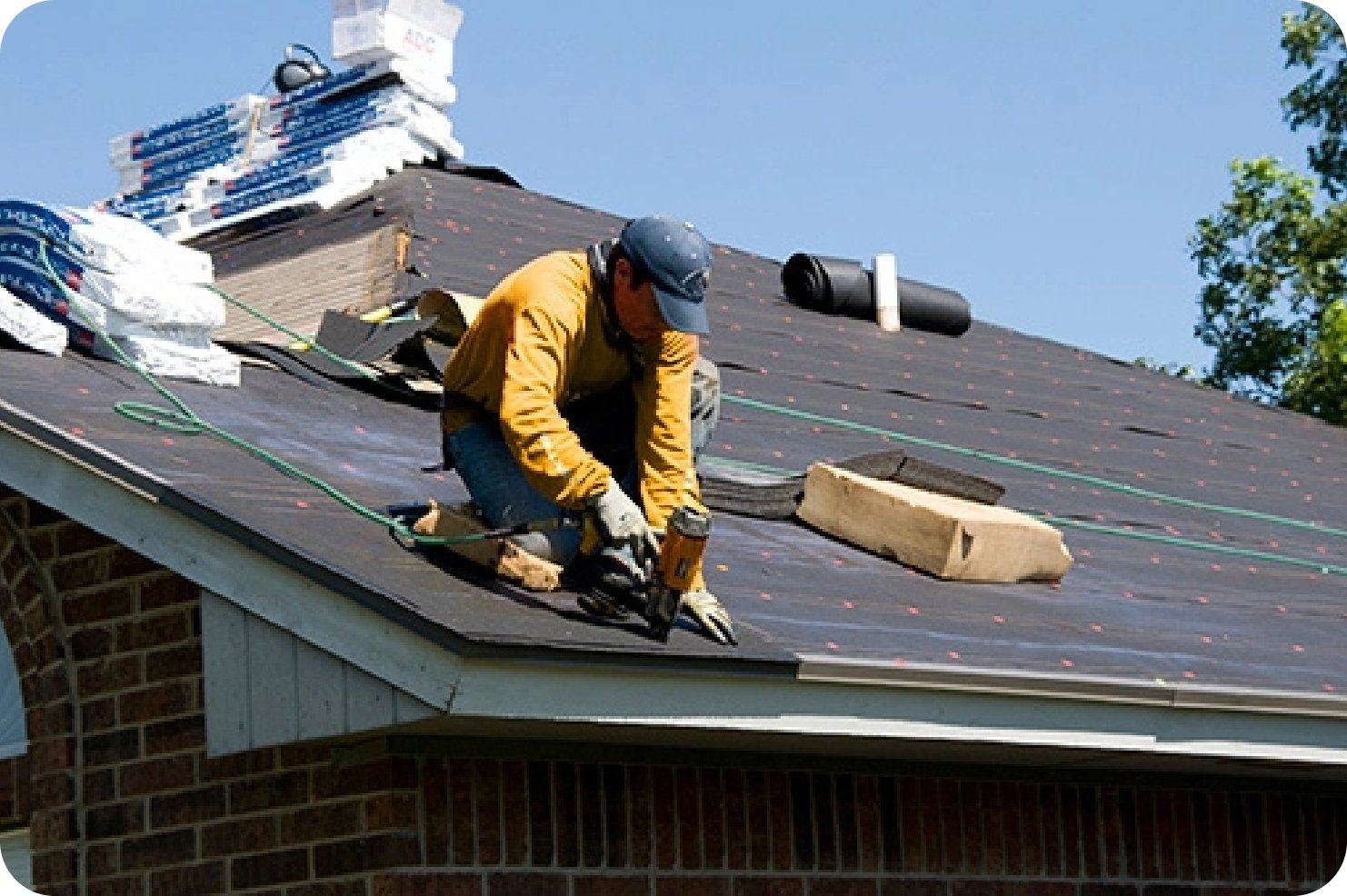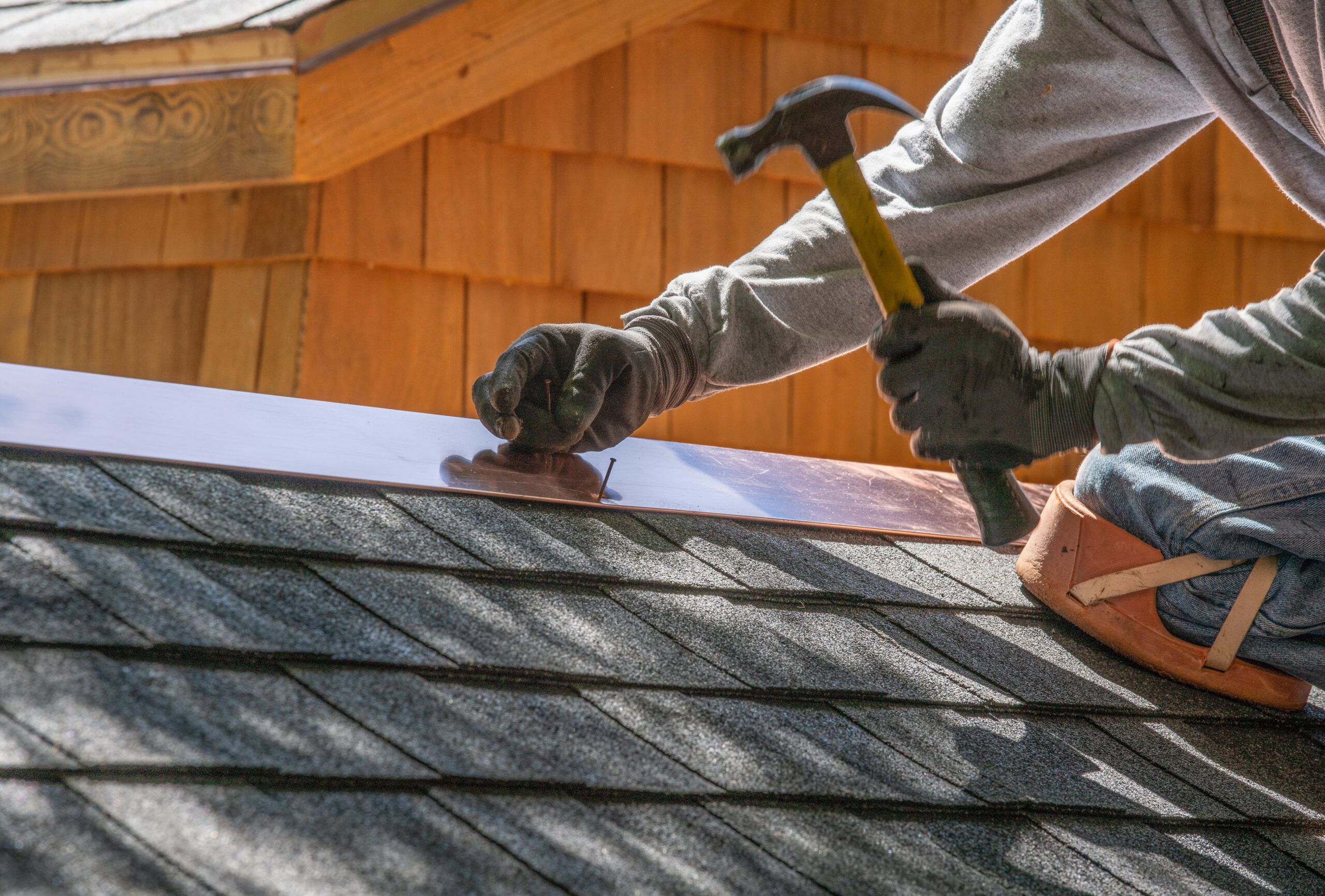Roofing Companies Oahu: Premier Roofers for All Roofing Projects
Understanding the Various Kinds Of Roofing Systems: A Comprehensive Guide for Homeowners
With an array of options-- ranging from the traditional gable to the modern flat-- each type provides special advantages and difficulties that must line up with the home owner's certain requirements and ecological considerations. As we check out the complexities of different roofing system types, it ends up being evident that one size does not fit all; the ideal selection may stun you.
Saddleback Roof
Gable roofings, identified by their triangular shape, are amongst the most preferred roof covering designs as a result of their simpleness and effectiveness in shedding water and snow. This style features two sloping sides that fulfill at a ridge, enabling efficient drain and decreasing the threat of water buildup. The high pitch generally related to saddleback roofs enhances their capacity to handle heavy rainfall, making them suitable for numerous environments.
In enhancement to their practical benefits, gable roofs offer aesthetic versatility. They can be adjusted to various architectural styles, from conventional to contemporary homes. The layout can additionally fit added features such as dormer home windows, which improve natural light and air flow in the attic room space.
In addition, gable roof coverings provide adequate room for insulation, adding to energy efficiency. Home owners can pick from a range of roof products, consisting of asphalt tiles, steel, and floor tiles, additionally improving customization choices.
Despite their benefits, gable roofs might need extra support in areas susceptible to high winds or heavy snowfall. In general, the gable roofing remains a popular option due to its mix of performance, toughness, and aesthetic charm.
Apartment Roofs
Flat roofs are commonly acknowledged for their minimalist style and functional applications, particularly in commercial and commercial setups (oahu roofing). These roofs feature a almost straight or straight surface, which permits simple building and versatile room usage. While they may lack the aesthetic allure of angled roofs, level roof coverings offer many advantages, particularly in city environments where taking full advantage of room is essential
Among the key benefits of level roofing systems is their access. Home owners can use the roof area for various objectives, such as rooftop gardens, terraces, or photovoltaic panel setups. Furthermore, level roofing systems are commonly extra economical to preserve and install contrasted to their sloped equivalents, as they call for less materials and labor.
Common materials utilized for flat roofs include built-up roofing (BUR), changed bitumen, and single-ply membrane layers, each offering unique advantages. Generally, level roofs offer as a functional and versatile choice for lots of homeowners and organizations alike.
Hip Roofs
Hip roofings are identified by their sloped sides that assemble at the top, developing a ridge. This layout stands out from gable roofs, as all 4 sides of a hip roofing slope downwards towards the wall surfaces, offering an extra secure structure. The angle of the slopes can vary, enabling convenience in architectural visual appeals and capability.
Among the primary benefits of hip roof coverings is their ability to endure heavy winds and unfavorable climate condition. The sloped surfaces make it possible for far better water drainage, minimizing the danger of leaks and water damages. Additionally, hip roofing systems offer increased attic room space, which can be made use of for storage and even exchanged livable locations.
However, building a hip roofing can be a lot more intricate and pricey than less complex roofing system kinds, such as saddleback roofs. The additional product and labor included in producing the slopes and ensuring proper structural stability can result in greater expenses. Regardless of these drawbacks, numerous house owners prefer hip roofs for their durability, visual allure, and possibility for energy efficiency.
Mansard Roof Coverings
Mansard roofings, frequently acknowledged by their unique four-sided style, feature two inclines on each side, with the lower slope being steeper than the top. This building style, originating from France in the 17th century, is not only visually enticing however practical, as it makes the most of the usable room in the upper floors of a building. The steep reduced slope enables even more headroom, making it a suitable selection for attic rooms or lofts, which can be converted into living areas.
Mansard roof coverings are defined by their versatility, fitting various building designs, from conventional to modern-day. They can be constructed with different materials, including asphalt tiles, slate, or steel, offering house owners with a series of options to suit their choices and spending plans. Additionally, the style permits the combination of dormer home windows, enhancing all-natural light and air flow in the top degrees.
Nevertheless, it is essential to think about the prospective downsides. Mansard roof coverings might require even more upkeep as a result of the complexity of their style, and their steep inclines can be challenging for snow and rainfall drainage. Generally, mansard roofings integrate elegance with practicality, making them a preferred option among property owners looking for distinctive building functions.
Shed Roofings
As house owners progressively seek simpleness and performance in their building styles, dropped roofs have become a preferred choice. Defined by a solitary sloping plane, a shed roof covering provides a minimal aesthetic that matches different home styles, from modern to rustic.
Among the primary advantages of a shed roofing system is its simple building and construction, which typically translates to lower labor and product costs. This design enables reliable water drainage, minimizing the risk of leaks and water damages. In addition, the upright incline gives adequate room for skylights, enhancing all-natural light within the interior.
Shed roofing systems also supply convenience in regards to use. They can be effectively incorporated right into additions, garages, or exterior structures like structures and sheds. Furthermore, this roof covering style can fit numerous roof materials, including steel, asphalt tiles, or also green roofs, straightening with environment-friendly campaigns.
Nonetheless, it is vital to think about navigate to this website regional climate problems, as hefty snow loads might necessitate adjustments to the roof covering's angle or structure. Overall, lost roofs provide a sensible and visually pleasing choice for house owners aiming to take full advantage of performance without endangering design.
Conclusion


Gable roofs, identified by their triangular shape, are amongst the most popular roofing designs due to see this site their simpleness and performance in shedding water and snow. oahu roofing. The high pitch generally connected with gable roofing systems enhances their capability to deal with hefty rainfall, making them suitable for numerous climates
While they might lack the aesthetic allure of pitched use this link roof coverings, level roof coverings offer countless benefits, particularly in metropolitan environments where making the most of space is essential.
